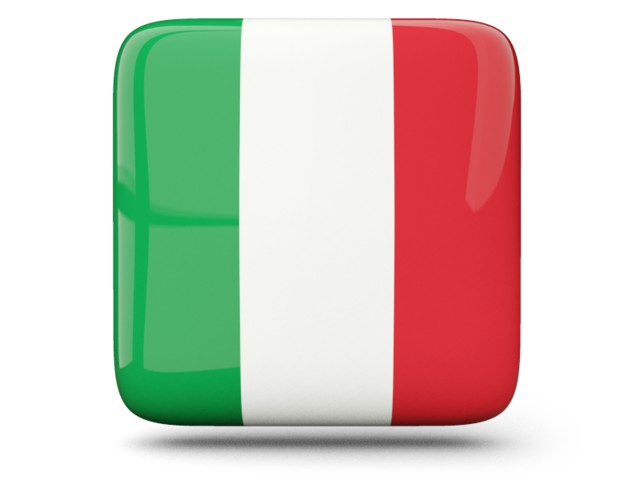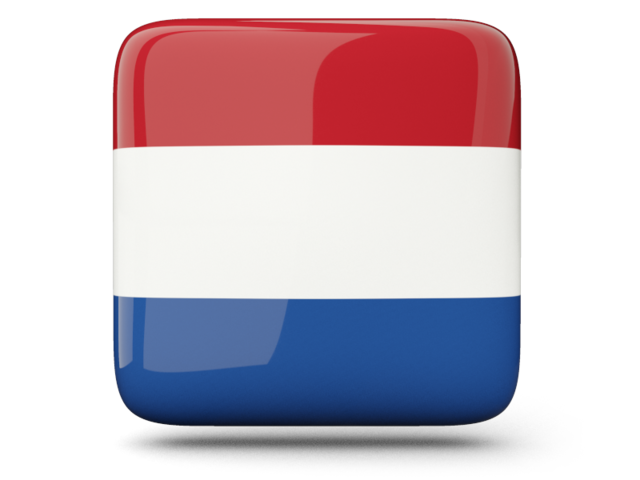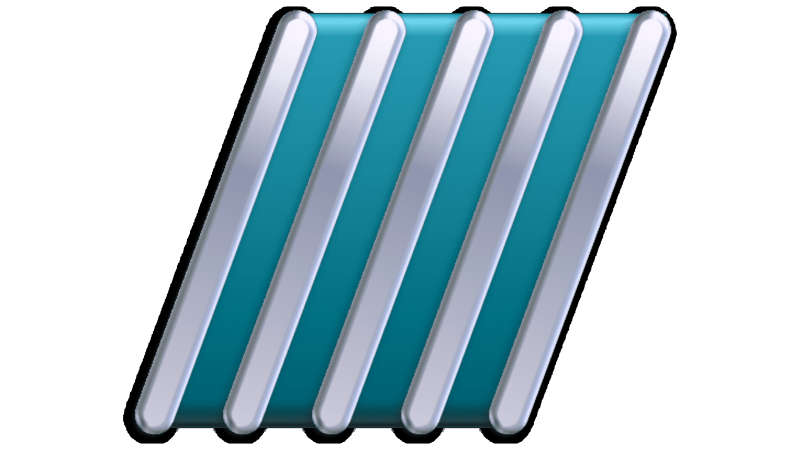

Fiat – acronym of Fabbrica Italiana Automobili Torino (Italian Automobile Factory of Turin).
Fiat Automobiles S.p.A. originally FIAT, Italian: Fabbrica Italiana Automobili Torino is an Italian automobile manufacturer, a subsidiary of FCA Italy S.p.A., which is part of Fiat Chrysler Automobiles (previously Fiat S.p.A.). Fiat Automobiles was formed in January 2007 when Fiat reorganized its automobile business, and traces its history back to 1899 when the first Fiat automobile, the Fiat 4 HP, was produced.


Headquarters: Lingotto, Turin, Italy, 1899-2014

Parent: PCA, Amsterdam, Netherlands, 2014-2021

Parent: Stellantis, Hoofddorp, Netherlands, 2021-now



The Fiat 500 is a four-seat, small city car that was manufactured from 1957 to 1975 over a single generation in two-door saloon and two-door station wagon bodystyles.
Launched as the Nuova (new) 500 in 1957, as a successor to the 500 "Topolino", it was an inexpensive and practical small car. Originally the 500 was powered by a 479 cc two-cylinder, air-cooled engine.

set of 500 in white and blue https://www.youtube.com/watch?v=Qawv9pUOdck









The Fiat 130 is a large six cylinder executive car produced by Italian car manufacturer Fiat from 1969 to 1977. It was available as a 4-door saloon and as a 2-door coupé.

130 coupé & berline Fiat 130 Coupé & Berline


The Fiat X1/9 is a two-seater mid-engined sports car designed by Bertone and manufactured by Fiat from 1972–1982 and subsequently by Bertone from 1982–1989. The car was intended to replace the 850 Spider, another Bertone design, not the larger and pricier 124 Sport Spider whose production continued for much of the X1/9's life. The original 1.3-litre, 4-speed X1/9 can be distinguished from the later 1.5-litre, 5-speed model by its wrap-around steel split bumpers with rubber blocks, and the shallower engine compartment lid.

set of x1/9 in black and red https://www.youtube.com/watch?v=mxghFsm6uUQ














1899-1901
1901-1903
1903-1908
1908-1921
1921-1925
1925-1929
1929-1931
1931








1931-1932
1932-1938
1938-1949
1949-1959
1959
1959-1968
1965-1982
1968-1972








1972-2003
1982-1991
1991-1999
1999-2003
1999-2006
2001-2006
2003-2006
2006-2020























Create Your Own Website With JouwWeb